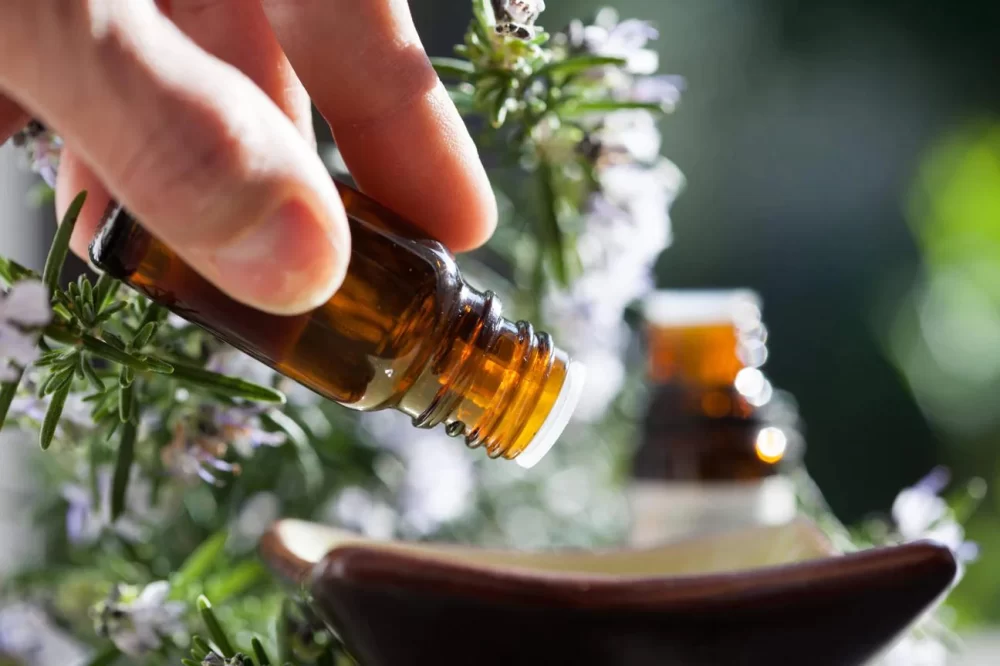- 1-Why-Use-Essential-Oils-in-Moisturizing-Creams
- 2-Top-Essential-Oils-for-Moisturizing-Creams
- 3-How-Essential-Oils-Enhance-Skin-Hydration
- 4-Safety-and-Usage-Tips-for-Essential-Oils-in-Creams
- 5-Real-Life-Examples-of-Essential-Oils-in-Skincare
- 6-Where-to-Find-Quality-Essential-Oils-and-Products
1. Why Use Essential Oils in Moisturizing Creams
Essential oils are natural extracts known for their therapeutic properties, making them valuable additions to moisturizing creams. They not only provide hydration but also deliver antioxidants, anti-inflammatory benefits, and pleasant scents that enhance the skincare experience.
Incorporating essential oils into moisturizing creams can improve skin texture, soothe irritation, and promote a healthy glow. This natural approach appeals to those seeking effective yet gentle skincare solutions without harsh chemicals.
2. Top Essential Oils for Moisturizing Creams
Several essential oils stand out for their moisturizing and skin-nourishing effects. Lavender oil is prized for calming sensitive skin and reducing redness. Rosehip oil contains vitamins A and C, which help repair and regenerate skin.
Tea tree oil offers antibacterial properties that can prevent breakouts, while chamomile oil soothes dry, irritated skin. Additionally, jojoba oil mimics skin’s natural oils, providing deep hydration without clogging pores.
Choosing the right essential oils depends on your skin type and desired benefits, making it important to select products tailored to your needs.
3. How Essential Oils Enhance Skin Hydration
Essential oils work synergistically with moisturizing cream bases to enhance skin hydration by locking in moisture and repairing the skin barrier. Their bioactive compounds stimulate circulation and promote cell regeneration, contributing to softer, more supple skin.
Moreover, some essential oils have humectant properties, attracting water molecules to the skin’s surface, which helps maintain hydration throughout the day.
This multifaceted approach makes essential oils a powerful ingredient for effective moisturizing creams.
4. Safety and Usage Tips for Essential Oils in Creams
While essential oils offer many benefits, they must be used carefully to avoid skin irritation or allergic reactions. Always dilute essential oils properly in moisturizing cream bases and perform a patch test before full application.
Consult product labels and consider your skin’s sensitivity, especially if you have conditions like eczema or psoriasis. Avoid direct sunlight after applying photosensitive oils like citrus-based ones.
Following recommended usage guidelines ensures a safe and enjoyable experience incorporating essential oils into your skincare.
5. Real-Life Examples of Essential Oils in Skincare
Emily, a skincare enthusiast, shared how switching to moisturizing creams infused with lavender and rosehip oils transformed her dry skin during winter, reducing redness and improving softness. She credits the natural oils for enhancing hydration without heaviness.
Another example comes from a dermatologist who recommends chamomile-infused creams for patients with sensitive skin, noting significant improvements in comfort and moisture retention.
These stories highlight the practical benefits and satisfaction users find in essential oil-enhanced moisturizing creams.
6. Where to Find Quality Essential Oils and Products
For those interested in exploring essential oils for moisturizing creams, Scent Snob offers a curated selection of high-quality products. Their expert recommendations and premium oils help you find formulations that suit your skin’s unique needs.
Visit Scent Snob to discover effective, natural skincare solutions that blend the power of essential oils with nourishing moisturizing creams for radiant, healthy skin.


0 comments